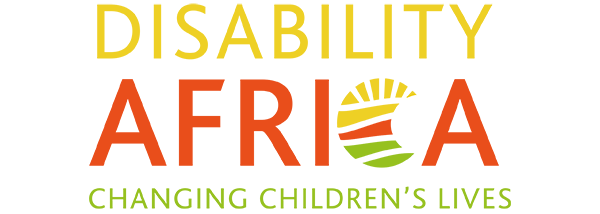‘Empowerment’ is a word that is now thrown around liberally in the field of international development. NGOs working in the poorest parts of the planet like to declare that they are empowering the people that their programmes target. And yet, the fact remains that charity, aid and international development can actually be dis-empowering to the people that they seek to help.
We’ve written before about how traditional thinking around charitable giving and charitable work can create the people that it purports to help as objects of pity. The donor is powerful, informed and generous whilst the ‘beneficiary’ is weak, ignorant and grateful. This narrative is used by charities to sell their work to the public and to raise money. It encourages people to feel sorry for the poor people they are shown and feel good about themselves by doing something to help. Colonialism and the international aid system that followed, have largely perpetuated this unequal relationship. It is very familiar to both the donor and the beneficiary, and not challenged frequently enough by either.
People in desperate situations have come to look upon intervening, usually northern-based, international organisations to give them something that they previously didn’t have, cannot afford, or cannot access in order to solve a problem in their lives. The acceptance of this an unequal power relationship between donor and recipient is disempowering to communities in low-income countries. It also extremely unhelpful for an NGO that seeks to do things differently (for example, to genuinely empower a community to be more inclusive).
In-keeping with this narrative, people who want to help disabled children in African communities very frequently understand that their ‘problem’ is concerned with the things that they don’t have - special equipment, special training, special institutions to accommodate disabled children or specialist medical provision to ‘cure’ disabled children. They understand that NGOs and international organisations are wealthy and powerful people who aim to help the poorest people in the world by providing solutions to their problems. So, they often expect that an international NGO concerned with disability will be able to solve the problem that they have by bringing such special equipment, institutions, or perhaps even a cure for impairments.
In the case of improving outcomes for disabled children these expectations are a massive distraction from the true cause of their suffering. Disabled children in the poorest parts of the planet are disadvantaged in comparison to their non-disabled peers not so much by an absence of special equipment and expert practitioners, but because they are excluded from their communities by stigma and negative beliefs about impairments. They have been disabled not by their impairments but by a society that has decided it cannot accommodate and include them.
This reality is obscured by a supposed need for experts and specialists and special expensive stuff, which is not available, and by implication must be provided from outside. This compounds the isolation of disabled children and perpetuates exclusion and stigma by encouraging even the most well-meaning people to believe that there is nothing that they can do for disabled children until somebody comes along to provide them with all of the stuff that they don’t have.
Yes, in order to provide for the needs of everybody in society, certain specialists and services are needed. But in most African countries it will take a long time for there to be enough of these people to serve the whole population. Our projects aim to show community-based organisations what they CAN do and do NOW, to make a great difference to the lives of disabled children, without the need for huge resources, university-level training and special equipment. Our methods are based on the concept of inclusion. We highlight that children with impairments are marginalised by stigma, exclusive attitudes and a lack of understanding about what can be done to include them in society and meet their needs. We encourage our partners to understand that if a community has the power to isolate and exclude a child, because they have an impairment, then they also have the power to include them.
This approach, which we call ‘Inclusive Community Development’, can confuse at first. It goes against expectations created by the international aid system, and it can take time for community-based actors to appreciate how much they are able to do for disabled children, in the community, without those things that they assumed were needed. But soon after the establishment of a community project for disabled children that is based around a playscheme, people involved in the project begin to understand the immense difference that inclusion in the community can make to the lives of previously isolated disabled children and their families. Young people, who we always seek to engage in our projects, enthusiastically tell us just how much this or that child has developed. They join the projects as curious volunteers, keen to make a difference to their community but unsure about how they might do so. But, as they gain experience of playing with and supporting the development of disabled young people, they become the ‘experts’ – not experts in particular conditions or therapies, but experts in how to understand and include disabled children in their communities.
Challenging a traditional understanding of aid with a new approach isn’t easy – it takes time to cut through. But when local people understand that the power to improve the lives of the most marginalised people in their community is in their hands, they are genuinely empowered to make change.
Want to stay in touch?
Please sign up here…
